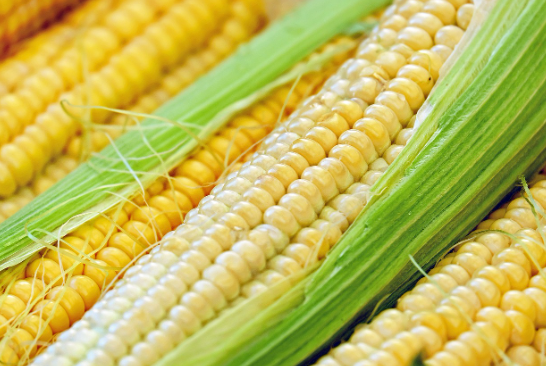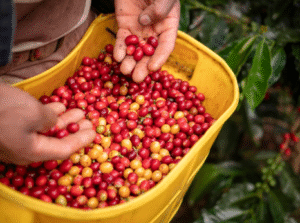CORN, CORN futures #cornmarket #agriculture #commodities #cornnews #trading #futures #investing #marketanalysis #economicnews #harvestseason
Why Is Corn Cheaper This Weekend? Discover What’s Driving Prices Down!
The corn market concluded the Friday trading session with contracts declining between 1 and 4.75 cents. Despite this drop, December futures experienced a slight increase of 0.75 cents over the week. In terms of cash prices, the CmdtyView national average Cash Corn price fell by 4.5 cents, settling at $3.83 3/4. This week’s trading reflects ongoing trends in the corn news landscape, as multiple factors influence the market dynamics.
Current Market Trends Affecting Corn Prices
As we delve deeper into the current market, it’s essential to understand what factors contribute to these fluctuations. Several elements, including supply and demand shifts, weather conditions, and global trade dynamics, play crucial roles in shaping corn prices. Recent reports indicate that favorable weather has led to a robust corn harvest, resulting in increased supply. When supply exceeds demand, prices tend to decline, causing a ripple effect throughout the agricultural sector.
Furthermore, traders are closely monitoring the economic landscape. Recent indicators suggest potential shifts in monetary policy by central banks, which could impact commodity investments, including corn. As interest rates fluctuate, the cost of borrowing changes, affecting farmers’ ability to finance their operations and ultimately influencing market prices.
The Role of Global Trade in Corn Pricing
Global trade dynamics also significantly impact corn prices. With major exporting countries like the United States, Brazil, and Argentina competing in the market, any changes in trade agreements or tariffs can lead to price volatility. Currently, reports indicate that international demand for corn is facing headwinds, with some countries opting for alternative feed sources. This shift can further pressure prices downward.
Additionally, currency fluctuations can affect export competitiveness. A stronger dollar makes U.S. corn more expensive for foreign buyers, potentially decreasing demand. Traders must remain vigilant about these global economic indicators to make informed decisions in the corn market.
Looking Ahead: Market Predictions and Strategies
As we move forward into the weekend, many market analysts anticipate that corn prices may continue to experience volatility. With harvest season in full swing, traders should watch for potential price corrections as supply balances out with demand. It is crucial to stay updated on the latest corn news and market analyses to navigate these changes effectively.
Farmers and investors can also consider hedging strategies to mitigate risks. By using futures contracts or options, they can protect themselves against unfavorable price movements. This strategy allows them to focus on long-term growth while managing short-term volatility.
In conclusion, the current decline in corn prices reflects a combination of favorable harvest conditions, global trade dynamics, and shifting economic indicators. As the market evolves, keeping an eye on these factors will be essential for anyone involved in corn trading or investment. For more insights on the stock market, explore our stock news section.







Comments are closed.